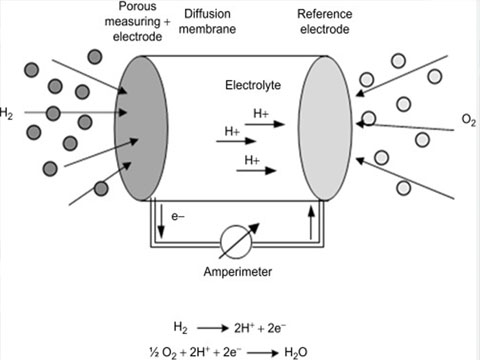Common Gas Alarm Sensor Types
Published on: 2024-07-26 Views: 609
Semiconductor Sensors:
Advantages: They are cost-effective, responsive, and suitable for detecting a wide range of gases.
Considerations: They may require periodic calibration to maintain accuracy.
Catalytic Bead Sensors:
Principle: Catalytic bead sensors work by oxidizing gases on a heated bead, causing a change in resistance that correlates with gas concentration.
Advantages: They are robust, highly sensitive, and respond quickly to gas leaks.
Considerations: They can be affected by humidity and certain chemicals, requiring careful calibration and maintenance.
Infrared (IR) Sensors:
Principle: Infrared sensors detect gases by measuring the absorption of infrared light at specific wavelengths characteristic of the target gas.
Advantages: They offer high selectivity and are less affected by humidity or other gases.
We will choose the right sensor for your need, if you if need home natural or LPG gas leak alarm please contact us on this website. We will give you professional services and advice.
